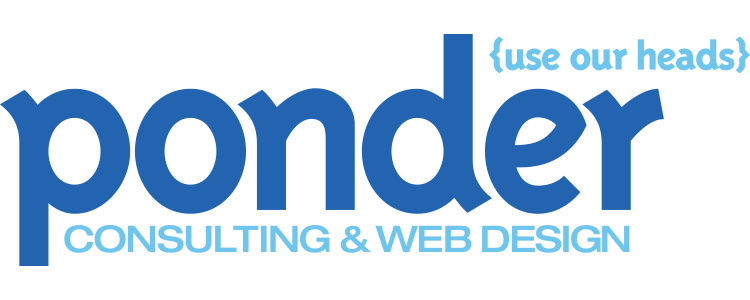Website Planning
Define the Purpose of the Website
What will the website accomplish and what will users will get from it?
Define the Audience When Planning a Website
What is the group of people that you expect to visit and use your website – the market being targeted? What will the visitors want to do or feel when they come to your site will help to identify the target audience.
Content Evaluation and Organization based on the the Website’s Purpose
Collecting and organizing content according to the audience’s needs is a key step in website planning. Each category should be named with a concise and descriptive title that will become a link on the website.
Be Aware of Compatibility and Restrictions
Because of the market share of modern browsers (depending on your target market), the compatibility of your website with the viewers is restricted. For instance, a website that is designed for the majority of websurfers will be limited to the use of valid XHTML 1.0 Strict or older, Cascading Style Sheets Level 1, and 1024×768 display resolution. This is because Internet Explorer is not fully W3C standards compliant with the modularity of XHTML 1.1 and the majority of CSS beyond 1. A target market of more alternative browser (e.g. Firefox and Opera) users allow for more W3C compliance and thus a greater range of options for a web designer.
Another restriction on webpage design is the use of different Image file formats. The majority of users can support GIF, JPEG, and PNG (with restrictions). Again Internet Explorer is the major restriction here, not fully supporting PNG’s advanced transparency features, resulting in the GIF format still being the most widely used graphic file format for transparent images.
Many website incompatibilities go unnoticed by the designer and unreported by the users. The only way to be certain a website will work on a particular platform is to test it on that platform.
Planning documentation
Documentation is used to visually plan the site while taking into account the purpose, audience and content, to design the site structure, content and interactions that are most suitable for the website. Documentation may be considered a prototype for the website – a model which allows the website layout to be reviewed, resulting in suggested changes, improvements and/or enhancements. This review process increases the likelihood of success of the website.
In addition to planning the structure, the layout and interface of individual pages may be planned using a storyboard. In the process of storyboarding, a record is made of the description, purpose and title of each page in the site, and they are linked together according to the most effective and logical diagram type. Depending on the number of pages required for the website, documentation methods may include using pieces of paper and drawing lines to connect them, or creating the storyboard using computer software.
Some or all of the individual pages may be designed in greater detail as a website wireframe, a mock up model or comprehensive layout of what the page will actually look like. This is often done in a graphic program, or layout design program. The wireframe has no working functionality, only planning, though it can be used for selling ideas to other web design companies.
